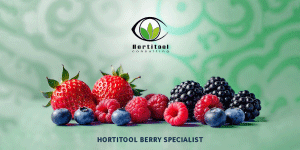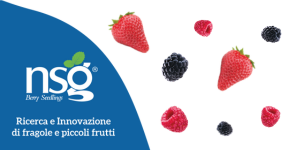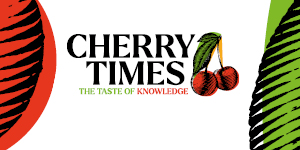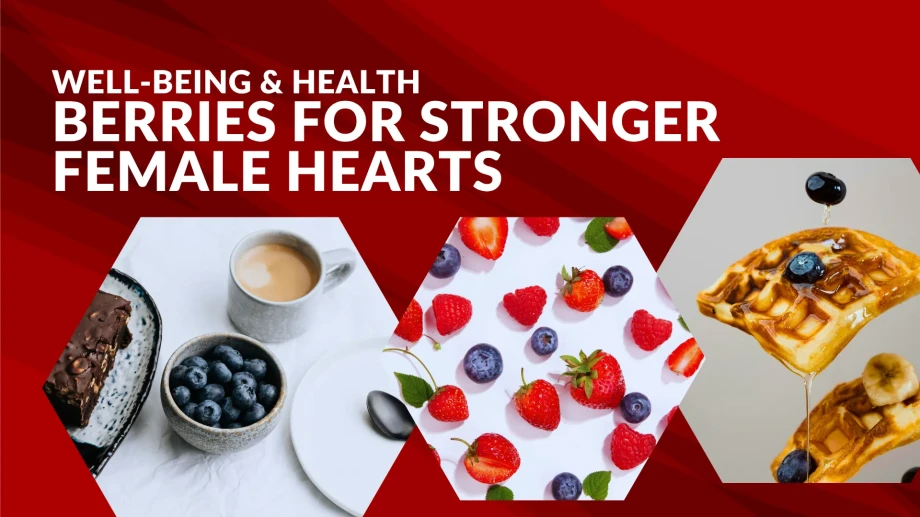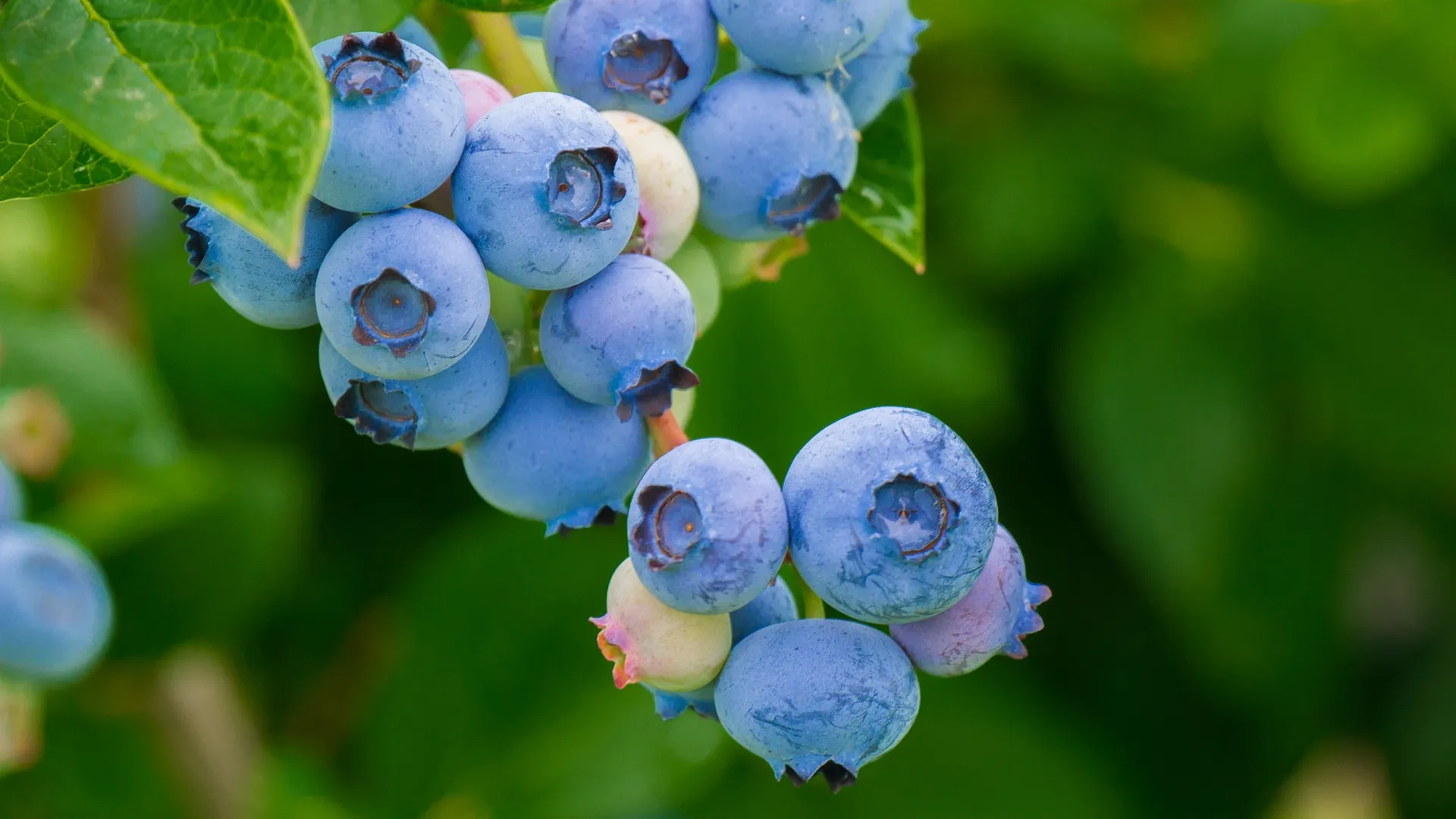Although coronary heart disease (CHD) is predominantly associated with older age groups, the search for modifiable risk factors to prevent myocardial infarction (MI) in young and middle-aged women is crucial, as current knowledge remains limited.
In this context, the impact of diet and, in particular, the intake of bioactive compounds such as flavonoids has attracted great interest. Flavonoids, widely distributed in plant-based foods like fruits, vegetables, tea, and wine, show potential benefits on endothelial function and blood pressure.
Recent long-term prospective studies suggest that a specific subclass of these compounds, anthocyanins—the pigments responsible for the intense red and blue coloration of berries—may play a significant protective role.
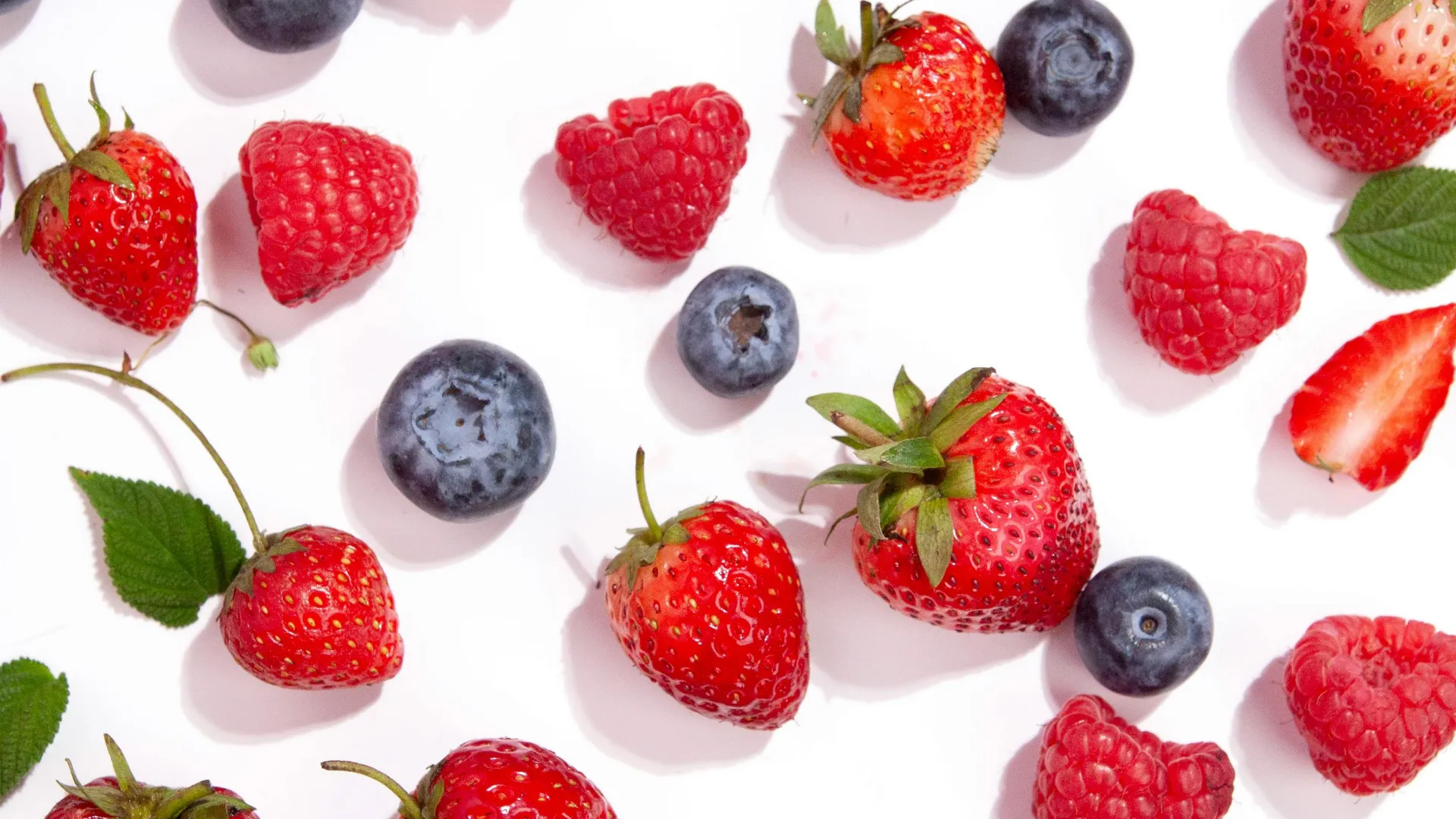
Importance of Anthocyanins in Fruits
Anthocyanins are one of the six major flavonoid subclasses regularly consumed through diet. These bioactive compounds, abundantly found in berries, were the subject of a large prospective cohort study (the Nurses’ Health Study II) that monitored 93,600 healthy women aged 25 to 42 for 18 years, examining the relationship between flavonoid intake and MI risk.
The findings highlighted a significant inverse association between high anthocyanin intake and the risk of myocardial infarction. Specifically, women in the highest quintile of anthocyanin intake showed a 32% lower risk of MI compared with those in the lowest quintile.
It is important to note that this protective association proved independent of other known cardiovascular risk factors, such as smoking, body mass index (BMI), and total fruit and vegetable intake. Moreover, for every 15 mg increase in anthocyanin intake, the relative risk of MI decreased by 17%.
Specific Role of Blueberries and Strawberries
To translate these results into practical dietary guidelines, research focused on the main food sources of anthocyanins. In the study, the combination of strawberries and blueberries accounted for nearly 60% of participants’ total anthocyanin intake.
The food-based analysis showed that women who consumed a combination of strawberries and blueberries more than three times per week tended to have a reduced risk of MI (34% reduction) compared with those who consumed them less frequently (≤1 time per month).
These findings underscore how the regular integration of anthocyanin-rich berries, such as blueberries, may represent a simple yet effective dietary intervention for prevention.
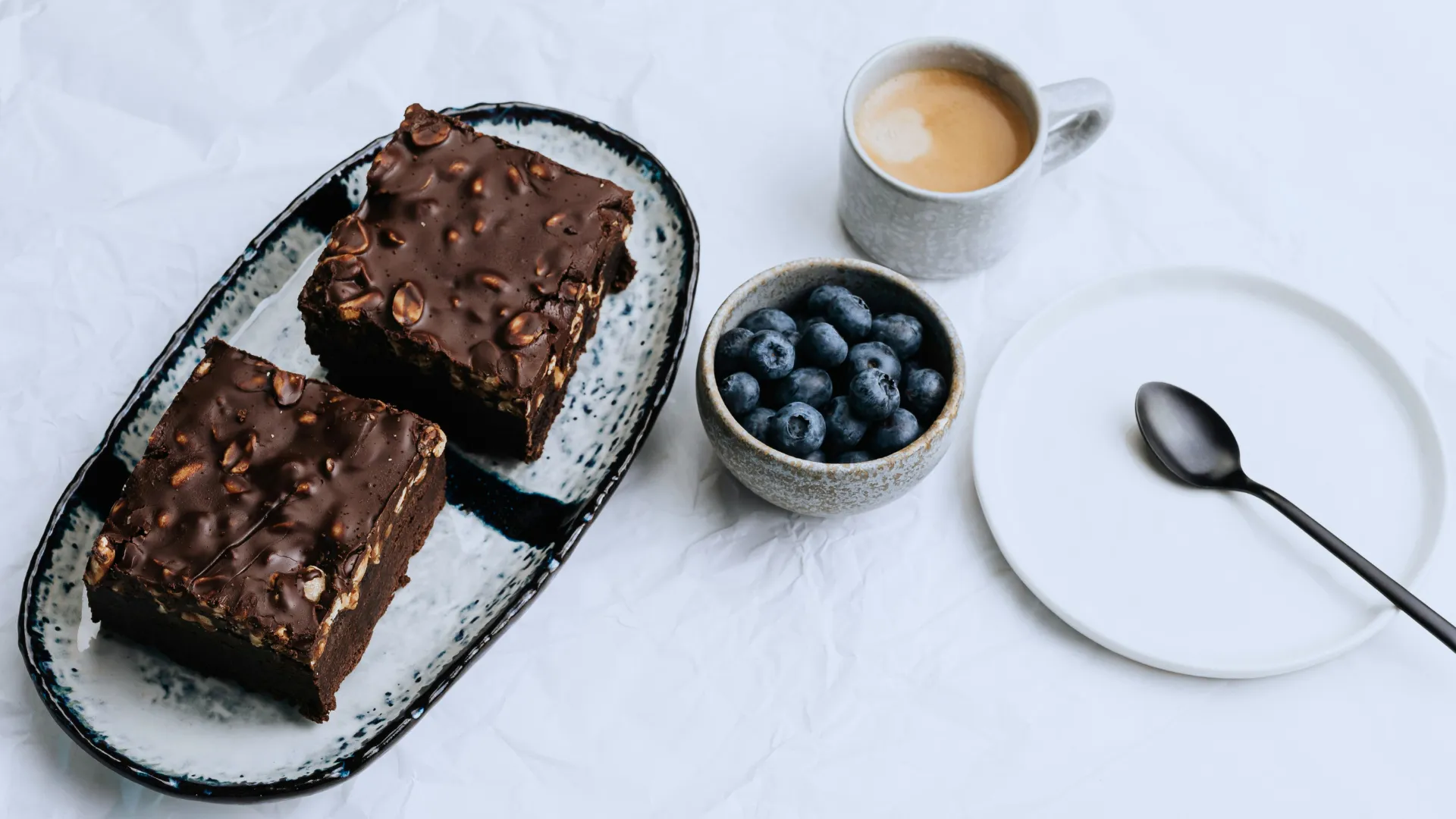
Biological Mechanisms of Action
Although further intervention studies are needed to define the precise impact of increased anthocyanin intake, scientific evidence suggests that the benefits of berries derive from the ability of flavonoids to act on several biological pathways related to cardiovascular health.
The potentially involved mechanisms include:
- Improvement of Endothelial Function: Flavonoids, including anthocyanins, enhance the function of blood vessel walls (endothelium). This is particularly relevant in younger women, where coronary spasm—often a consequence of endothelial dysfunction—can play a key role in coronary heart disease.
- Anti-inflammatory and Antioxidant Effects: Anthocyanins exert anti-inflammatory effects, inhibit the oxidation of low-density lipoproteins (LDL), and modulate nitric oxide activity. These actions help stabilize atherosclerotic plaque and reduce damage caused by ischemia and reperfusion.
- Blood Pressure Benefits: Previous evidence suggests that the beneficial effects of anthocyanins on blood pressure are particularly marked in young and middle-aged women.
It is important to highlight that the observed benefits appear to be specific to anthocyanins and not merely a general effect of high fruit and vegetable consumption.
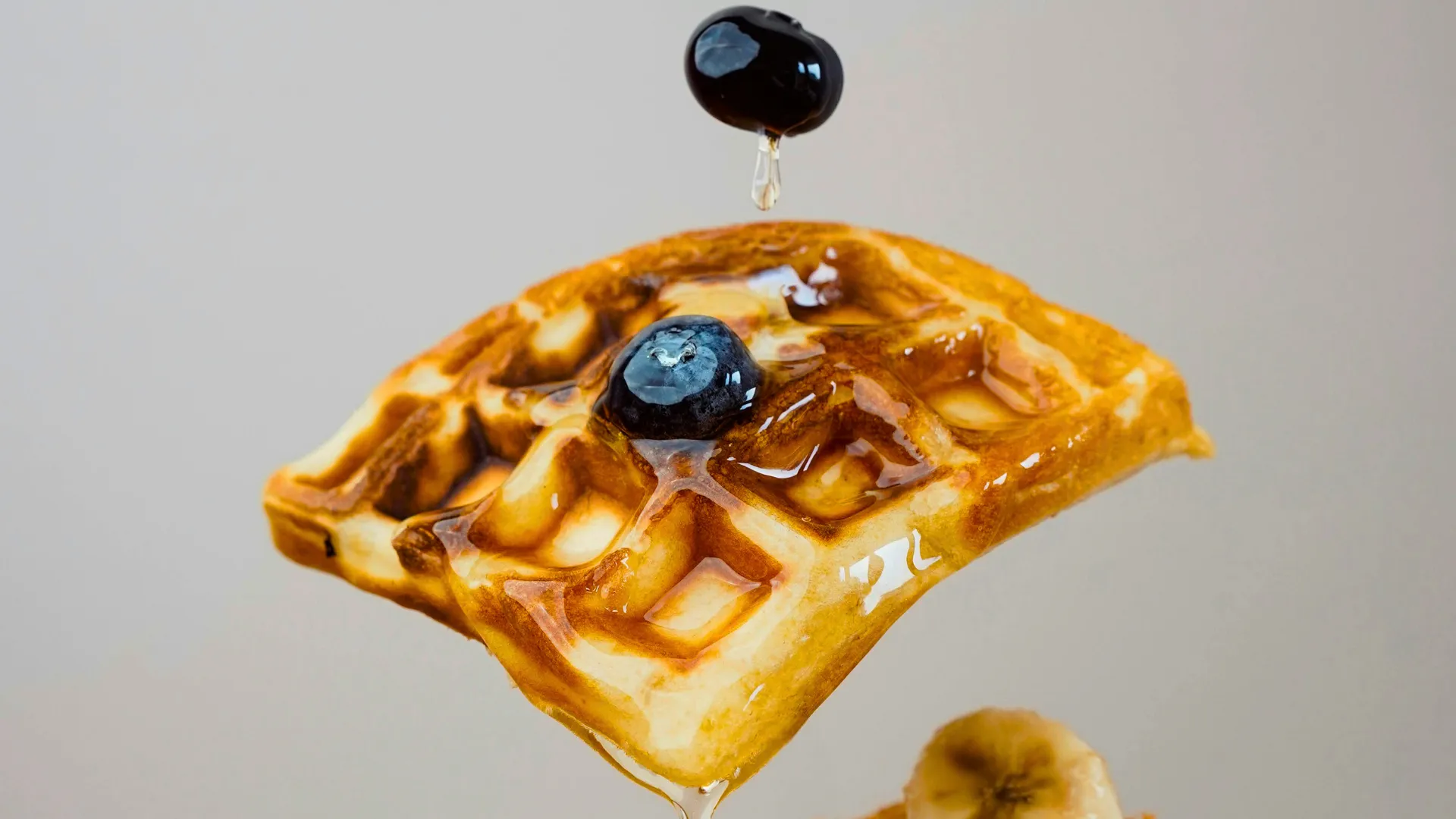
Nutritional Strategy
The results of this long-term study clearly indicate that a high intake of anthocyanins, easily achievable through common foods like berries (particularly blueberries and strawberries), is associated with a significant reduction in myocardial infarction risk in women of reproductive and middle age.
This scientific evidence gives berries a value that goes beyond simple taste appreciation. They emerge as strategic elements in a diet that is not only focused on basic nutrition, but also on active prevention and long-term well-being.
In an era focused on optimizing health through targeted dietary choices, the regular incorporation of anthocyanin-rich berries represents a dietary choice authoritative and sensible, supported by scientific evidence, implicitly contributing to the development of an effective nutritional strategy against cardiovascular risks.
Further intervention studies are needed to confirm optimal dosages and long-term clinical endpoints.
Source: JOUR, High Anthocyanin Intake Is Associated With a Reduced Risk of Myocardial Infarction in Young and Middle-Aged Women, Cassidy, Aedín, Mukamal, Kenneth J., Liu, Lydia, Franz, Mary, Eliassen, A. Heather, Rimm, Eric B., 2013/01/15, doi: 10.1161/CIRCULATIONAHA.112.122408, Circulation, 188, 196, 127, 2, American Heart Association, https://doi.org/10.1161/CIRCULATIONAHA.112.122408, 2025/10/28
🫐 Well-being & Health with Berries 🍓This article is part of the editorial series Wellness & Health with Berries, which brings scientific research closer to everyday life, promoting berries as allies for well-being. The series offers clear, up-to-date, and evidence-based content designed to inform consumers and support all operators in the berry supply chain. |



